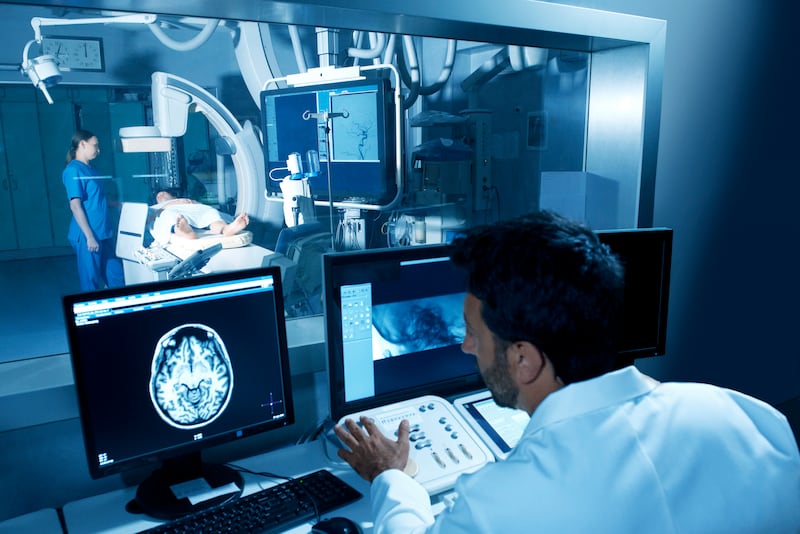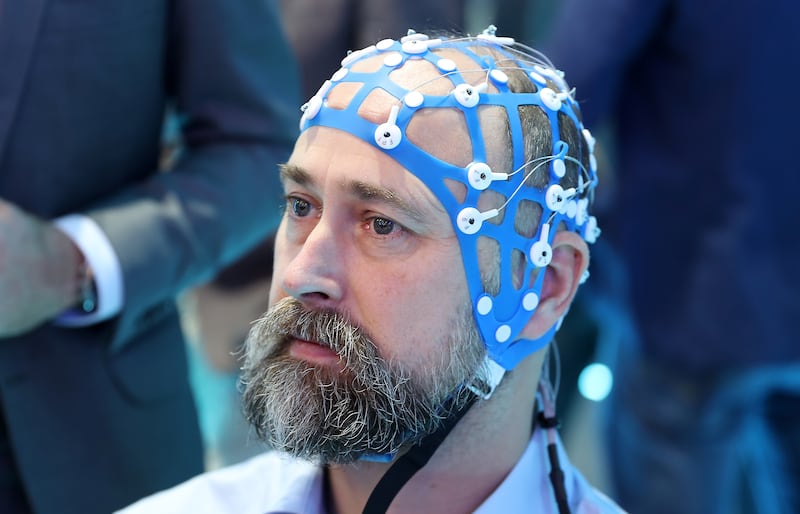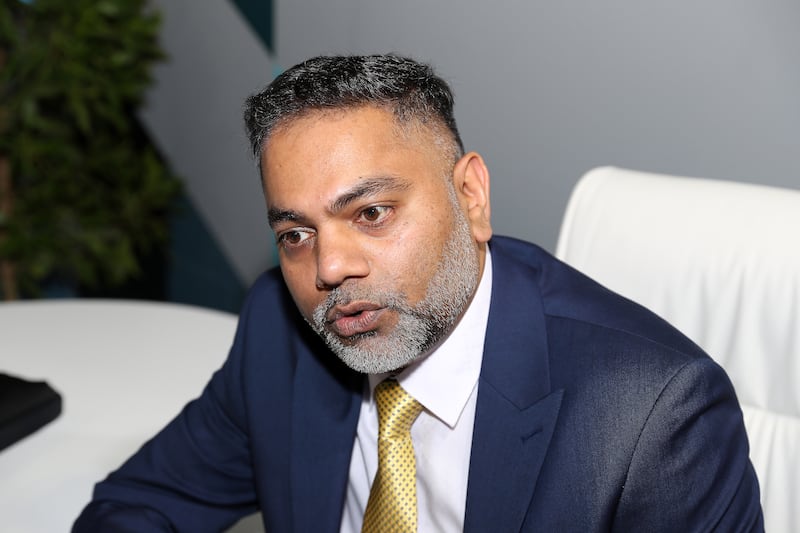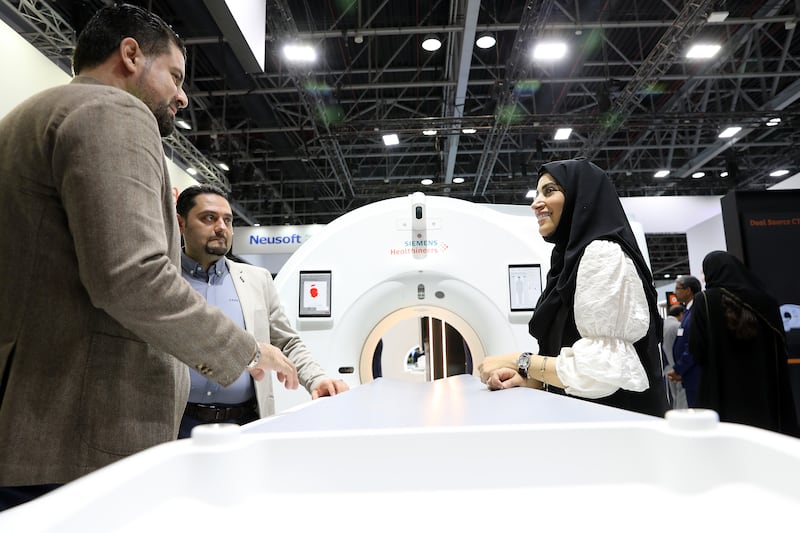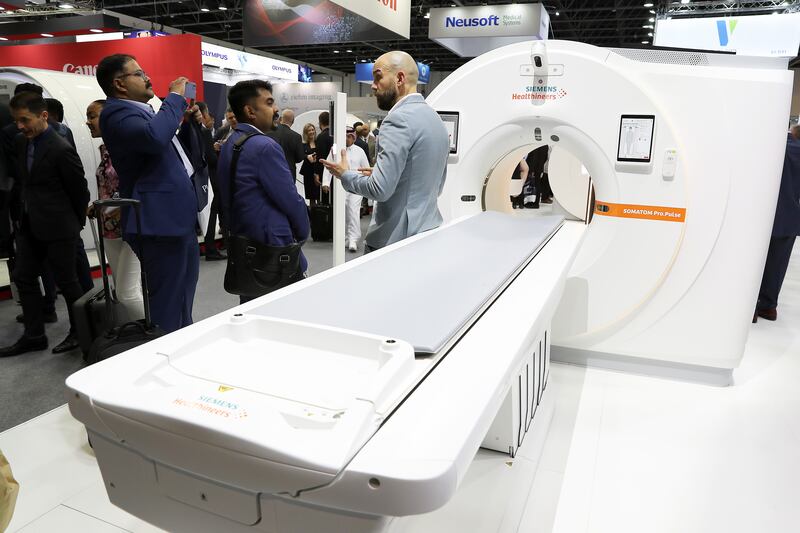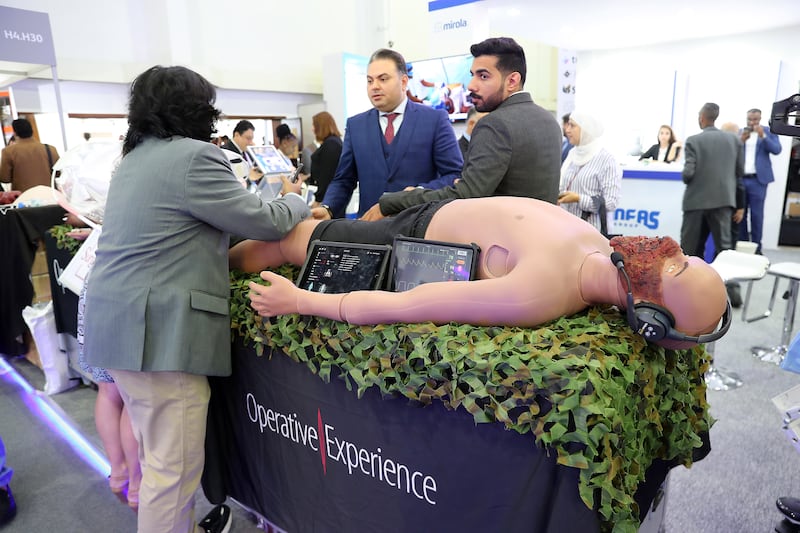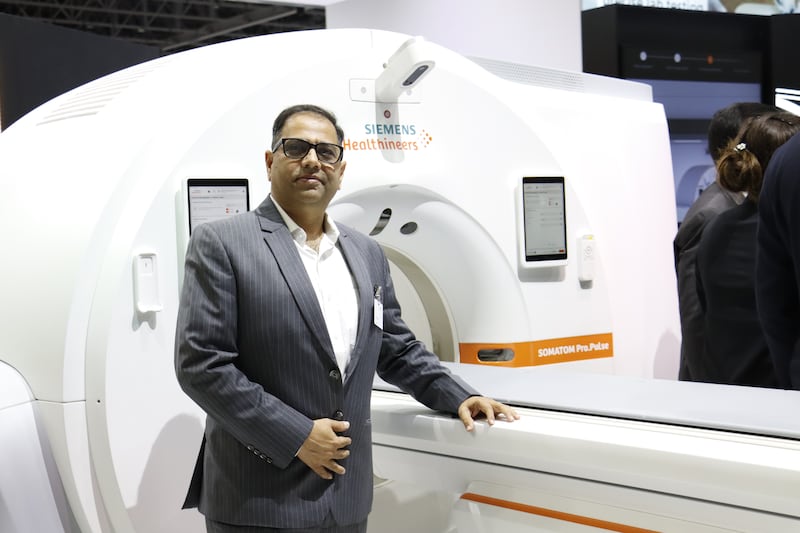Human doctors could soon see one of their most essential roles – disease diagnosis – done by artificial intelligence.
A study published in April found that a large language model (LLM) used by the chatbot ChatGPT, can outperform doctors training in ophthalmology – a surgical speciality that deals with the diagnosis and treatment of eye disorders – when it comes to answering questions used to assess the abilities of doctors.
In an assessment, GPT-4 achieved a score of 69 per cent, compared to an average of 59 per cent for doctors training in ophthalmology.
GPT-4 was much improved over earlier iterations of the technology and outperformed some expert ophthalmologists, although on average they scored more highly.
“LLMs are approaching expert-level knowledge and reasoning skills in ophthalmology,” the study authors wrote in Plos Digital Health.
As a result, they said, LLMs like GPT-4 “may provide useful medical advice and assistance where access to expert ophthalmologists is limited”.
The researchers said that ChatGPT had “attracted significant attention in medicine” after being shown to be able to pass medical school exams and to provide “more accurate and empathetic messages than human doctors in response to patient queries on a social media platform”.
GPT-4 can be trained on, the researchers noted, hundreds of billions of words – more than a person could read.
In terms of looking at images to assess disease, AI systems can be trained on millions of pictures and may be able to detect abnormalities more accurately than clinicians.
Reports indicate that Google’s AI technology has been able to match or outperform clinicians at spotting breast cancer in mammograms or eye disease in retinal scans.
When looking at MRIs, AI was recently shown to be better than experts at detecting new or growing brain lesions in multiple sclerosis patients.
Typically, doctors analyse CT scans to determine if the arteries that supply the heart with blood have become narrower due to a build-up of fatty plaque deposits.
About one in five of at least 200,000 people who have a cardiac CT scan in Britain each year have significant narrowing of their coronary arteries and are selected for preventive and interventional treatment due to their increased risk of a heart attack, or to treat anginal symptoms.
However, some of the remaining 80 per cent of patients, who do not have significant narrowing of the coronary arteries, will also be at risk of a heart attack, but this will not be obvious from a CT scan.
Cutting the risk of heart attacks
AI technology from a British company, Caristo Diagnostics, can analyse CT scans and detect inflammation in fat tissue around the coronary arteries.
Patients with this inflammation, even though they do not have narrowing of their coronary arteries, can be selected for treatment thanks to Caristo’s technology, called CaRi-Heart.
“This group of patients needs more refined and individualised risk management and this is what the CaRi Heart device allows us to achieve,” Prof Stefan Neubauer, professor of cardiovascular medicine at the University of Oxford and chief translational officer of Caristo Diagnostics, said.
“We really have a technique that should allow us to greatly improve risk prediction in cardiovascular disease.”
The signals of inflammation “have always been there on cardiac CT scans,” he said, but no one knew they existed or was able to determine them from scans.
“We cannot only do this analysis prospectively in patients who have these CT scans now, but we can also go back to old cardiac CT scans from the archive and do this analysis retrospectively without the patient needing to repeat the CT scan,” he said.

The technology takes into account, among other things, which coronary artery is assessed, the particular characteristics of each patient and the type of scanner used, to give a standardised score that indicates a person’s heart-attack risk, independent from the traditional risk factors such as high blood pressure, cholesterol and smoking.
Regulatory clearance for the technology has been given in the EU, the UK and Australia and it is already being used in some hospitals. Caristo aims to secure approval for a US launch from the US Food and Drug Administration next year.
Redefining medical treatment
Prof Neubauer said AI “very much refines the way we can do medicine” and is a step towards precision or personalised medicine, in which treatments are tailored much more closely to the patient rather than a disease label.
While AI can improve performance when it comes to medical diagnosis, it is crucial that the decisions it makes remain comprehensible, according to researchers at the University of Cambridge, Addenbrooke’s Hospital, also in Cambridge, and SAS Institute, an AI company in the US.
In the Journal of the American Society of Nephrology, they wrote that the deployment of “black box AI” – AI where the user cannot see the AI’s inputs and operations – is “fraught with risk”.
“Determining the optimal design for AI systems depends on factors beyond performance, with considerations of interpretability and the nature of the intended human-AI interaction also informing many design and engineering choices,” wrote the researchers, who looked at the use of AI to analyse kidney tissue.
Unlocking the eye
Another application of AI in medical diagnostics involves the analysis of photographs of the retina. These images can highlight conditions such as diabetic retinopathy, in which the retina is damaged by high blood sugar levels caused by diabetes.
A US medical AI company, Eyenuk, has developed this technology, which is now being used in 27 countries, including the US and Saudi Arabia.
Dr Kaushal Solanki, Eyenuk’s founder and chief executive, said the technology, which uses a fully robotic camera, offers higher more accurate results in testing than standard methods. These traditional approaches involve an ophthalmologist analysing an image of the patient’s dilated eye.
“Even when patients are going to an ophthalmologist and they undergo dilated ophthalmoscopy, a lot of disease is missed, whereas with our test they don’t need to go to an ophthalmologist – this test can be conducted at the point of care, for example, primary care or even a pharmacy,” Dr Solanki said.
“They don’t need dilation, it’s much more sensitive. It saves cost, it improves the care and it improves access significantly for these patients with diabetes.”
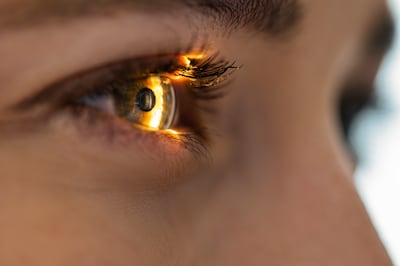
Dr Solanki said retinal imaging using AI was “set to become the diagnostic platform of tomorrow” as there were myriad potential applications beyond detecting vision-threatening conditions such as macular degeneration and glaucoma.
Analysing the eye may also shed light on the risk of heart disease, stroke or Alzheimer’s disease.
“When we detect any issues with microvasculature in the eye, one can be sure that similar issues are happening in the heart or the kidneys. Scientists have found already a lot of correlation between the two,” Dr Solanki said.
“This gets even more powerful as we take multiple images over time and look at smaller changes that are happening between successive visits. That can correlate with the risk of progression of heart disease or stroke or chronic kidney diseases.”
Dr Solanki said ophthalmologists welcome the AI screenings because they reduce care bottlenecks.
“Now, rather than spending precious time screening healthy patients, ophthalmologists are referred more patients who are in need of further management, including treatment,” he said.
Similar to the way that Eyenuk's technology may be able to highlight a range of conditions, Caristo’s approach is being adapted to be used in future to highlight conditions such as diabetes or strokes.
Prof Neubauer, who has 40 years’ experience in medicine, said AI offered great strides in diagnosis similar to those that came from the introduction of echocardiography, CT scans and MRI scans decades ago.
“I witnessed how the advent of these techniques completely transformed how we assessed, diagnosed or treated the patients and now this really is the next stage of revolution,” he said.
“AI allows us to extract information that just otherwise wouldn’t be available and makes things faster, more objective and probably cheaper in the long run.
“AI will not make physicians redundant, but it make things much harder for the physicians that don’t know how to use AI.”
